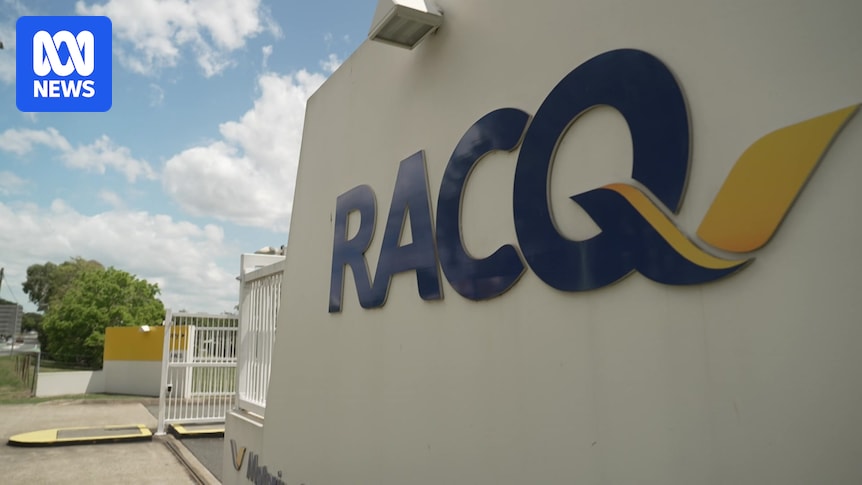
RACQ has issued a public apology following issues with insurance renewal notices that have sparked a potential multimillion-dollar lawsuit from regulators. The organisation’s chief executive, David Carter, addressed the matter at the annual general meeting on Tuesday, expressing regret over the incident. “To you, and all our members — I’m sorry. This matter is certainly not in line with our high standards or the experience we strive to offer,” Carter stated.
RACQ, one of Queensland’s largest customer-owned organisations with nearly 1.7 million members, provides various services, including insurance and roadside assistance. The apology follows a Federal Court lawsuit filed by the Australian Securities and Insurance Commission (ASIC) in September. The lawsuit alleges that over half a million renewal notices were misleading or false due to improper price comparisons between old and new premiums.
ASIC’s Legal Action and Investigation
The legal action by ASIC was prompted by an ABC investigation that uncovered discrepancies in RACQ’s insurance renewal notices. The notices reportedly compared a new premium for the upcoming year against a “last period premium,” which did not accurately reflect what clients had paid in the previous year. This “last period premium” often excluded discounts that were agreed upon after an initial quote.
One notable example involved a renewal notice indicating a previous period premium of $6,930.55, with a new offer of $7,033.57, suggesting a 1.5% increase. However, the actual amount paid by the customer in the previous year was $5,024.18 after negotiating a discount, resulting in a real increase of 39.9%.
Company’s Response and System Improvements
In response to the controversy, Mr. Carter informed members that the limitations of the comparison price should have been clearly explained on the renewal notices. RACQ has since updated its systems and renewal notices to address these issues. The company is also committed to working with ASIC to resolve the ongoing court case.
While Mr. Carter did not specify the expected damages payout, he confirmed that any penalties would be retained by the company and not covered by commercial insurance protection. This comes after RACQ sold a significant portion of its insurance business to industry giant IAG for nearly $950 million.
Historical Context and Previous Penalties
The current lawsuit is not RACQ’s first encounter with ASIC. The organisation previously faced a $10 million fine in a separate case involving misleading conduct related to discounts. Similarly, IAG was penalised $40 million in a comparable discounting case.
The issue of misleading renewal notices has also drawn criticism from former RACQ figures, who expressed their dismay to the ABC. ASIC’s lawsuit claims that when RACQ introduced price comparison figures in 2019, staff were aware of the problems, and customer complaints began almost immediately. One complaint reportedly reached a senior RACQ executive but was not addressed by internal committees until the ABC’s inquiries in November of the previous year.
Future Measures and Internal Reforms
Mr. Carter acknowledged that the escalation of complaint feedback to senior levels occurred years earlier. However, he admitted that the subsequent handling of the information remains unclear. “What we can’t identify is what happened with the information. So what we can’t see is what decision got made with the escalation,” he explained.
To prevent similar issues in the future, RACQ is undergoing a transformation of its internal risk processes to enhance capability and culture. “When things get raised, someone takes action,” Carter assured. He also highlighted that technology improvements would aid in identifying patterns and addressing complaints more effectively.
This development underscores the importance of transparency and accuracy in customer communications, particularly in the insurance industry, where trust is paramount. As RACQ navigates the legal proceedings, the organisation’s commitment to reform and cooperation with regulators will be crucial in restoring member confidence.





